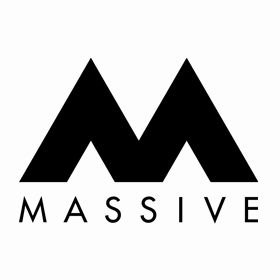
3 Common Goals Any Robust Growth Marketing Stack Should be Laser-Focused On
Growth marketing is certainly not a new term, nor is it a revolutionary service in the landscape of digital marketing. In actuality, the strategy has been around for more than a decade.
But recently, growth marketing stacks have seen a resurgence as more businesses are becoming aware that SEO and paid media alone fail to maximize revenue for products with luxury price tags and longer sales cycles.
If you are in the process of learning more about growth marketing stacks, you are likely going to wonder what the specific goals are that each one has, regardless of industry or the company. This article will delve into these common goals that every growth marketing stack should strive for.
First, What is a Growth Marketing Stack?
For those who are truly new to the approach, a growth marketing stack is a set of tech tools and strategies that all work together to achieve the same results. Such stacks often include SEO, paid media, inbound marketing, and social media marketing (though based on the client’s need, one or more can be excluded). Growth marketing is also data-driven using various tests to determine how strategists should be optimized.
Furthermore, while traditional marketing efforts are removed from other internal departments and focal areas (like sales and product development), growth marketing stacks are integrated within these sectors and others. All growth metrics that matter are immersed into a marketing stack to attract more users, customers, and nurture leads through the entire buyer’s journey until they convert to a sale.
Goal 1: Retain Existing Customers
Retaining existing customers is just as important as attracting new ones. Ensuring the loyalty and existing satisfaction from one client to the next in terms as to how they view your brand and products should be prioritized. Remember, there is less friction when purchases are repeated, and it is by far easier and more cost-efficient to sell to an existing customer than it is to a new one.
All of this said, there isn’t much of a point in attracting new customers if the old ones aren’t sticking around. Customer acquisition costs can devastate a business model. This is why a growth marketing goal should revolve around retention and customer satisfaction, followed by scaling customer acquisition costs.
When repeat business increases and there is an impressive customer experience, brand loyalty takes on a more vibrant pulse. Some areas to test that can lead to customer retention include email triggers, user onboarding, and incentive programs.
Goal 2: Customer Acquisition
Once customer retention has stabilized, attracting new clients instantly becomes financially feasible. You will want to use a growth marketing stack to collect data in context to marketplace visibility. Where are your prospective clients searching for solutions to their problems, and where is your solution met in the search?
When you can align customer acquisition strategies with retention plays, the two growth marketing goals can contribute to the goal of profit. Be sure to test within social media and paid search, as well as any free trial periods you may be offering.
Goal 3: Profit Gains
One common mistake growth marketing agencies uncover is that organizations will see an increase in revenue but profitability decreases. Basically, if customer acquisition costs exceed the lifetime value of customers, no matter how abundant the revenue gains might be, your business model’s economics simply won’t recover. Having a sustainable growth marketing strategy can help to establish new sources for revenue without burdening your expenses, and when growth-driven agencies ensure that retention rates will outpace churn, therefore, increasing lifetime value, your profit gains will continue a steady climb.
Contact a growth marketing agency today and learn how your personal goals align with this methodology and approach.























